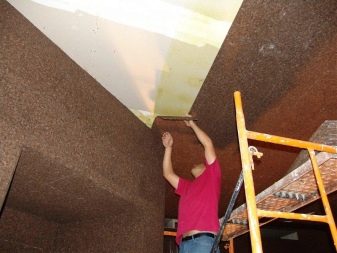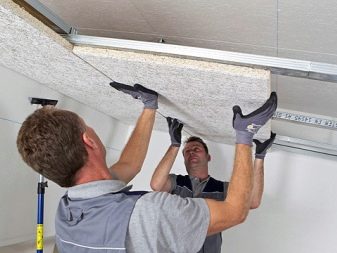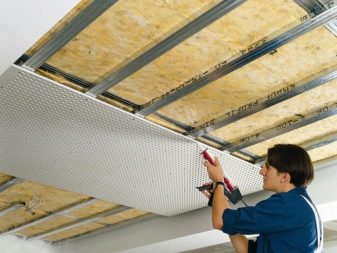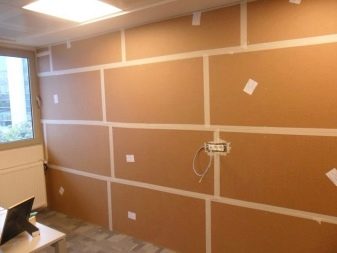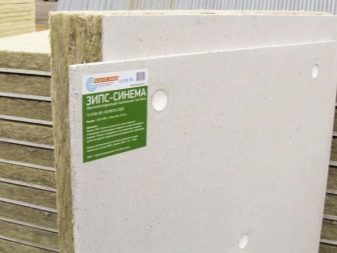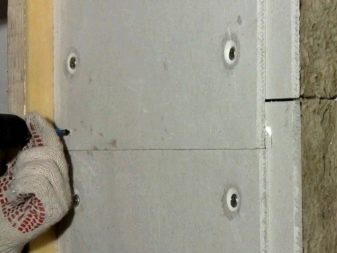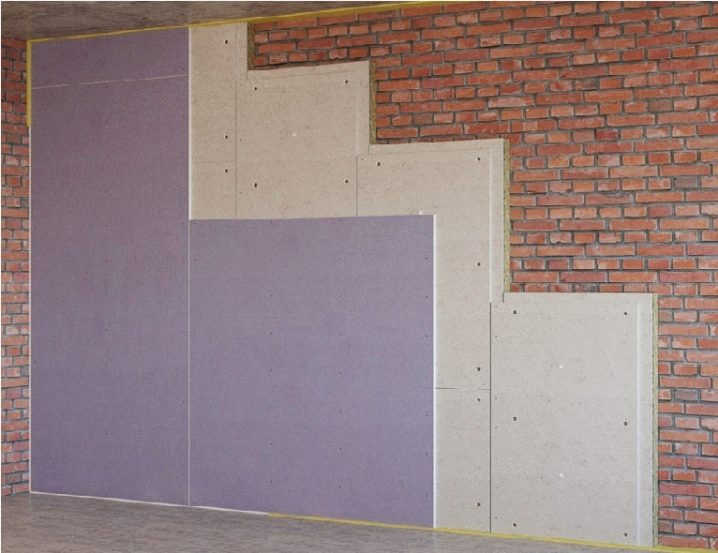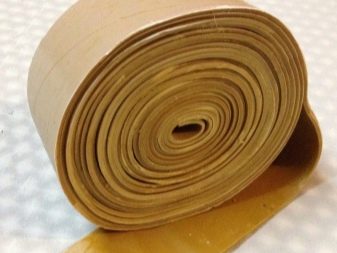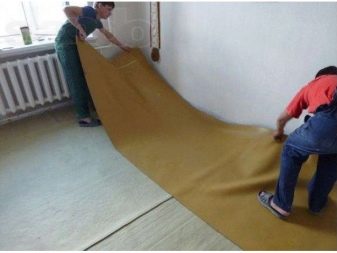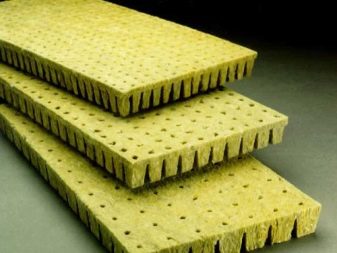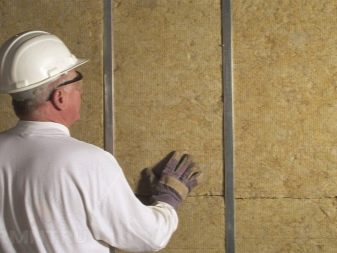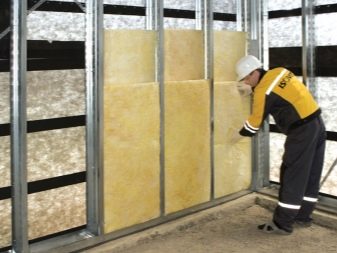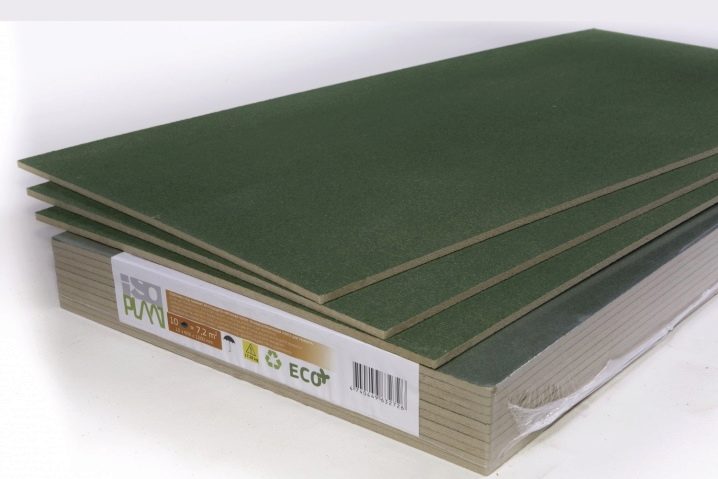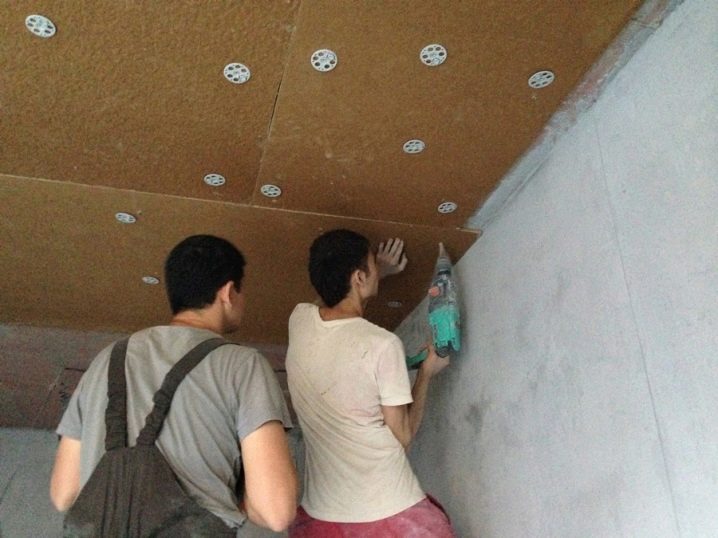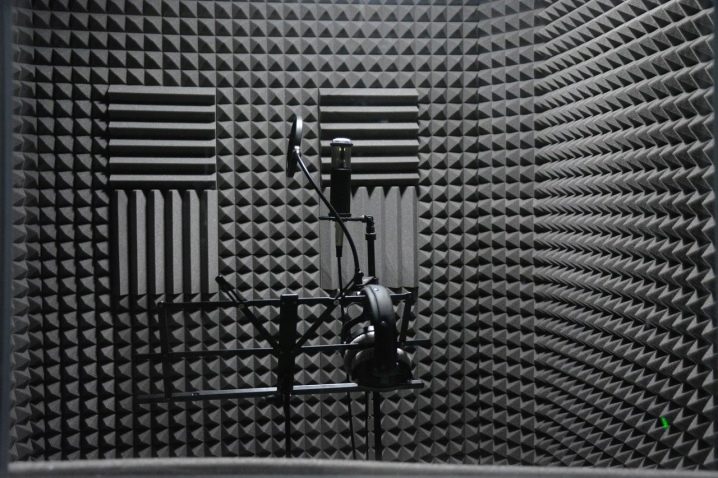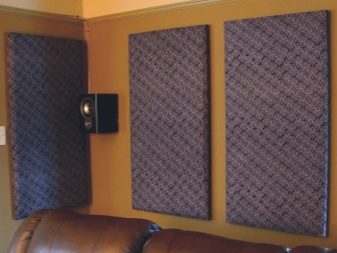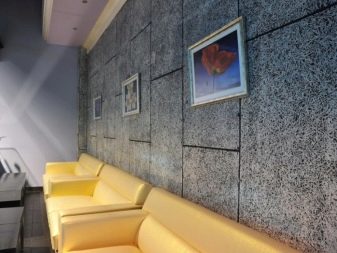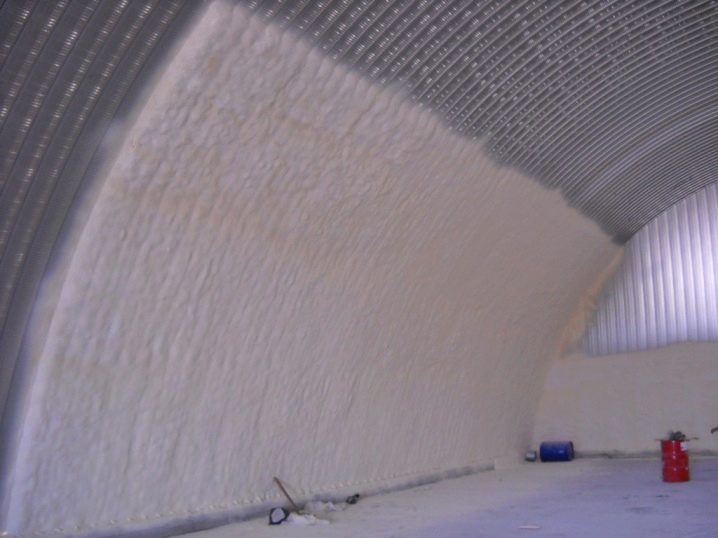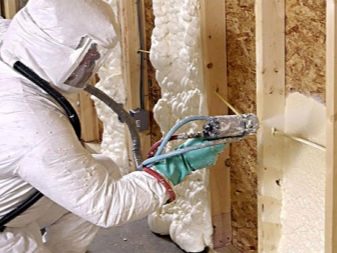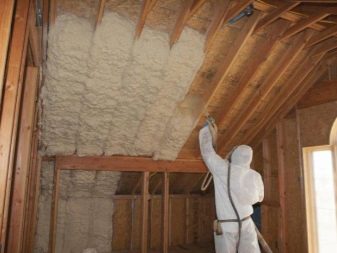Sound insulation panels for the ceiling and walls: the pros and cons
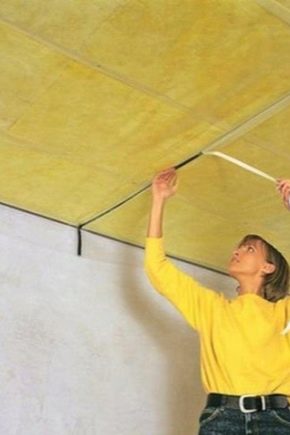
The days of modern man are filled with noise. Transportation, loud music, construction rumble, parties in the neighborhood often make it difficult to relax in native walls. Life in an apartment and even in a private house is full of alien sounds, which you definitely want to get rid of. Sound insulation panels for the ceiling and walls can help here. However, when choosing it is important to consider the pros and cons of such noise insulation.
Material selection
Currently, the market offers a wide range of building materials that can protect against noise.High-quality sound insulation materials effectively cope with their task. In order not to be mistaken in the choice, you should pay attention to the following material characteristics: thickness, sound-proof coefficient, combustibility, as well as the absence of substances harmful to the body.
Types of sound insulation materials
There are many options for soundproof panels on the construction market.
ZIPP panels
The ZIPP panel is a sandwich panel, consists of two layers: fiberglass (mineral wool) and gypsum fiber sheet. It is attached to the surface with special knots, and between them - with the aid of a tongue-and-groove joint. Such a system is good for soundproofing the ceiling.
Its advantages include: quick and easy installation of sound insulation (you can cope on your own), good sound insulation of air and shock noise, lack of a metal frame, fire safety, high-quality docking of the panels.
The downside is the price: such panels will have to fork out. Other disadvantages include excessive thickness (up to 13 cm) and material weight (one panel can weigh 20 kg).
Tecsound
New to the soundproofing panels market.Consists of thin aragonite membranes. Aragonite is a natural mineral with unique properties that give the material elasticity and good noise absorption.
It has a lot of positive reviews, among which especially noted: flexibility and ease of installation, good protection from airborne noise, durability, moisture resistance, resistance to decay, the ability to install in small rooms, due to the small thickness.
Only one minus, but significant - the high cost. It is most effective to use this sound insulation together with mineral wool sound insulators providing sound absorption.
Mineral wool and slabs
Mineral (basalt) wool and plates are made from non-combustible raw materials that do not shrink. Using wool together with the boards gives a good effect, but it can significantly reduce the height of the ceiling. In low rooms, this option is abandoned.
The advantages of this material are: a significant reduction in impact noise, durability, frost resistance, fire safety, environmental friendliness, heat preservation in the room, simplified preparation for installation.
Cons: easily absorbs water, so you need to provide protection from moisture, the danger to human health - you need high-quality insulation to neutralize the harmful effects.
Isoplaat
This insulation is a material in the form of plates of coniferous wood. Thickness is from 10 to 25 mm. This sound insulation copes with the absorption of external noise. Apartment owners often give her their preference.
Among the main advantages can be noted: affordable price, good sound insulation, environmental friendliness, providing noise protection and good thermal insulation, small thickness.
The only serious disadvantage is the high cost.
Acoustic Panels
Modern models are made of innovative materials (for example, foamed granules with a bunch of inorganic substances), which have high sound-absorbing characteristics. The peculiarity of such panels is the creation of high quality acoustics. This helps to significantly increase the acoustic comfort of the room.
The advantages of this material include: environmental friendliness, excellent sound insulation of rooms, ease of installation, creating acoustic comfort,unlimited term of use.
It is often used for finishing rehearsal rooms or recording studios.
Polyurethane foam
This material has a wide scope of application. Most often it is found in small noise insulation works, in everyday life it is applicable in the form of polyurethane foam (voids are filled with it).
The advantages of such noise insulation are: durability, ease of installation, biological inertness, the ability to completely seal the room, lightness, significant insulation of the room, protection from impact and airborne noise, thanks to tight grip, absorption of internal and external noise.
Minus: toxicity in case of fire. Because of this, it is considered dangerous.
Sound-absorbing materials must be chosen wisely. Depending on the purpose and place of use, the material itself may vary. A competent approach to solving this problem will provide long peace and quiet in the house.
In the next video you will see testing of noise insulation materials.
